Westholme
Member
- Messages
- 122
- Location
- Gloucestershire
There are quarry tiles underneath the stairs as far as vertical wooden slats at the start of the fourth step and I don't know whether they extend all the way to the first step.
If the foundation is not fufficiently folid, lay, as evenly as poffible, a bed of concrete, compofed of one part of finely riddled quick-lime, and three of gravel, and bring it to a perfectly level furface by a thin coat of cement, allowing about three-eighths of an inch more than the thicknefs of the tiles for the cement to be ufed in bedding them.
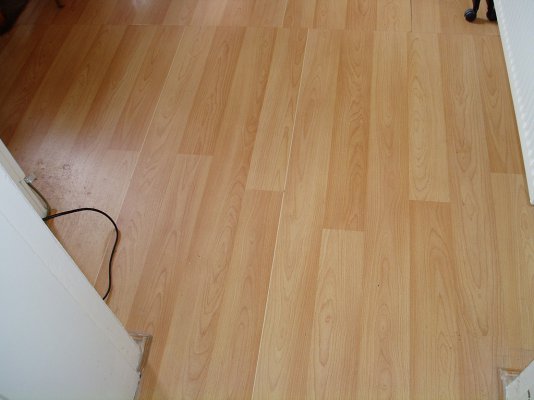
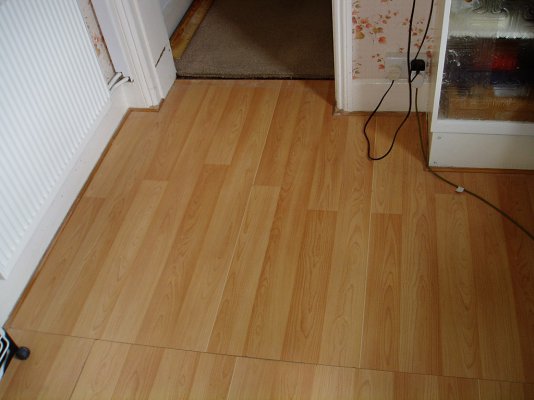
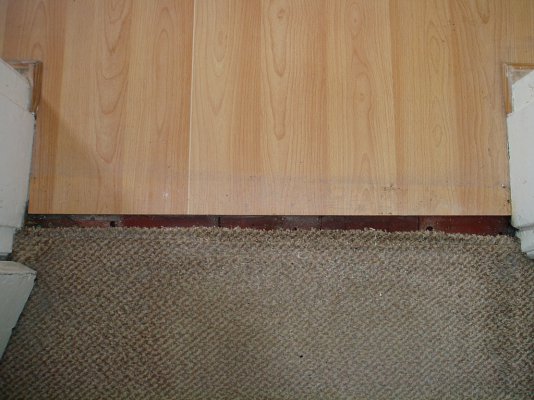
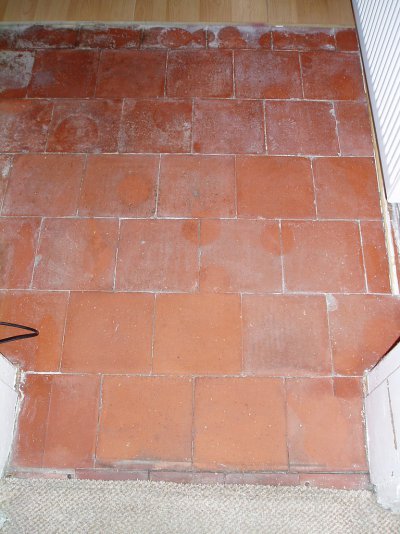
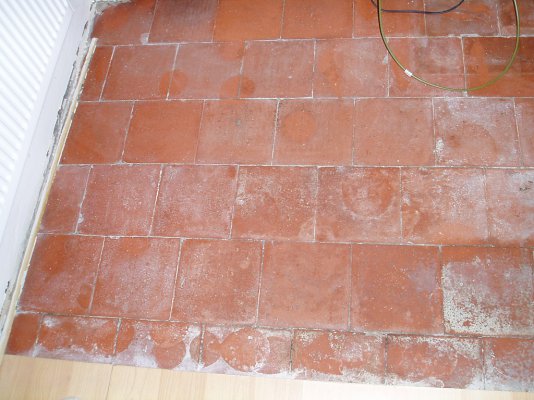
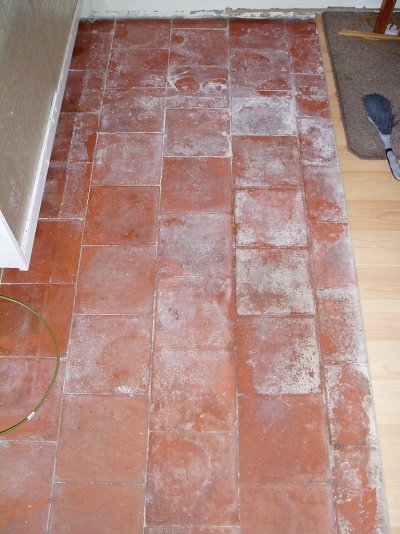
Westholme said:All the tiles in the dining room have been exposed and I had the satisfaction yesterday of cutting up the laminate floor with my reciprocating saw. Some of the pieces were as wide as the room and not that easy to to handle. At least gluing them down hasn't ruined the quarry tiles but covering them for several decades had meant some of the tiles are encrusted with salts.
A previous owner laid concrete against every external wall of the house and at the back it was the same height as the inside floor level. I have removed tons and tons of this concrete and taken it to the local tip in the back of the car. Whilst digging it up I found lots of red edging tiles and probably about half of the original blue brick paviours broken up as hardcore. Some of the paviours were probably intact but it's very difficult to get them out in one piece.
Most of my time has been spent sorting out the mistakes made by previous owners and I have days and days of work ahead gently scraping and cleaning the quarry tiles. I bought some brick and patio cleaner from Jewson which is 10% hydrochloric acid. Any suggestions as to how diluted I should use it to remove efflorescence? I'll only use the acid if all else fails.
plasticpigeon said:Alabaster? Do you mean carved stone, or plaster of Paris?
I've still got some skirting which looks like that, and it seems to be the hardest mix of cement I have ever encountered. It will come off when I do the floor in my hall.Westholme said:What's interesting to me here is the skirting, about 7" tall, not wood and looks to be some sort of plaster. Would it be alabaster? I have alabaster corners 1½" wide on the chimney breasts and also I think on the two chamfered corners of the bay window in the front room.
MatthewC said:I've still got some skirting which looks like that, and it seems to be the hardest mix of cement I have ever encountered. It will come off when I do the floor in my hall.Westholme said:What's interesting to me here is the skirting, about 7" tall, not wood and looks to be some sort of plaster. Would it be alabaster? I have alabaster corners 1½" wide on the chimney breasts and also I think on the two chamfered corners of the bay window in the front room.
In some cases (a good while ago) someone had also applied the same mix up the walls to combat dampness (addressing the symptom not the cause). Of course, all it did was to retain the water which just went up until it could come out at the top of the cement! That all went when the plastering was done, but it was a real pig to remove.
Pennyviz said:Hi
Similar situation, quarries under cement. Used SDS chisel to get the worst off, but not ideal as a few gauges, then ended up using the jewsons Brick and patio cleaner neat with scrubbing brush and wood chisel to dissolve off rest. I had a mixture of red, yellow and black quarries, and clearly the red were softer as they have suffered the worst. I don't think any restoration method would have been any better as it was pretty well stuck on the tiles, it has taken off the top 'bloom' off but hoping I can restore that with either linseed oil or a sealant.
Penny
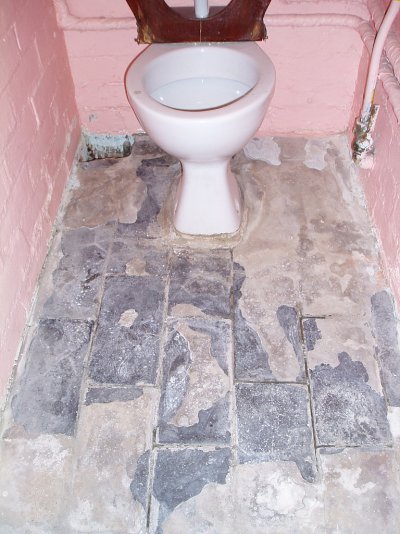

Westholme said:While I summon up the courage to try brick acid on some of my recently uncovered quarry tiles, I've had a look at the toilet floor and on lifting new and old lino I found it was covered in a thin layer of cement, most of which I removed during a couple of days of toil without damage.
Outside WC before.jpg
So, in the last month I have uncovered geometric tiles in the hallway, quarry tiles (7½" x 7½") in the dining room and kitchen and blue brick paviours (12" x 6") in the toilet. The above photo was taken from what will be a new lean-to extension and I know exactly what to use on its floor now!
The after photo was too big to attach but nearly all the cement has gone now.
